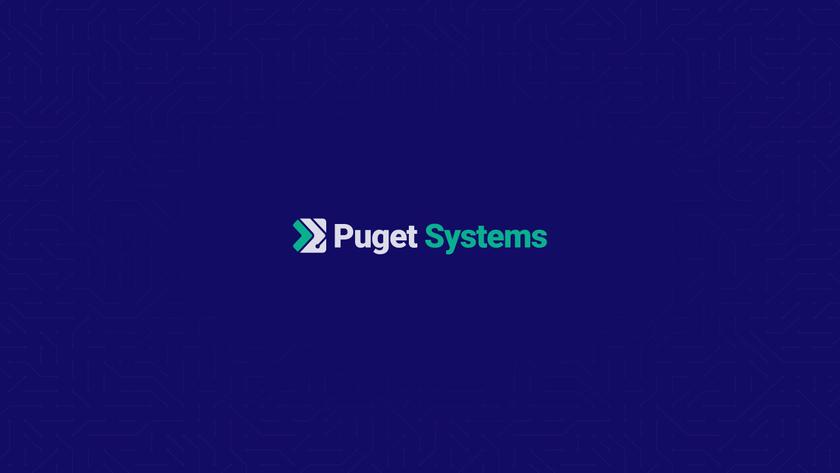How to Make a SMPTE Standard in Just Five Steps
Thomas Bause Mason details the process in creating a SMPTE standard

After sharing the importance of SMPTE’s work with standards earlier in the week, Thomas Bause Mason details the steps that need to be taken in order to create a new industry standard.
SMPTE oversees and orchestrates a variety of processes in support of SMPTE Standards development, as well as creation of Recommended Practices and Engineering Guidelines. These three document types are subject to full due process. The Society also supports creation of Public Committee Drafts, Registered Disclosure Documents, Engineering Reports, and SMPTE Registers, which are subject either to partial due process or to controlled publishing.
With this mix of options, technology suppliers can opt for the document type that best suits the technology, current market conditions, and business opportunity.
START A PROJECT
The first step for any of these options is, of course, to fill out paperwork (AG-06) outlining the project. It is available on the SMPTE website. Details include, among others, the problem to be solved, the scope of work, the SMPTE Technology Committee (TC) members who will be involved and an estimated completion date. Once this paperwork is submitted to SMPTE, the SMPTE Standards vice president discusses the project via the completed AG-06 with SMPTE TC chairs to determine its validity.
SECURE PROJECT APPROVAL
The project will go through a review and approval process that takes a few weeks. Once the project is approved, a drafting group (DG) can be formed to write the document. Any SMPTE member can join a drafting group.
WRITE A DOCUMENT
SMPTE forms and templates (AG-04) provide the foundation for writing the actual Standard, Recommended Practice or Engineering Guidelines document that’s compatible with ISO style. They are also available through the SMPTE website.
GET CONSENSUS FROM THE TC THAT IT’S GOOD
The document is created and put forward by the DG as a Working Draft (WD) for review by the TC. Following a comment period and time to address those comments, the document becomes a Committee Draft (CD). At this point, and with the approval of the Standards VP, it can become a public document (public CD). The CD goes to a Final Committee Draft (FCD) ballot and, after another round of comment resolutions, the document becomes an FCD. Another review and a Draft Publication (DP) vote ensures that FCD comments were properly addressed. The document is now officially a DP.
OBTAIN VERIFICATION FROM THE STANDARDS COMMITTEE
After passing the DP vote, the document passes through a Standards Committee (ST) vote that indicates the SMPTE process was followed correctly. The document is approved.
PUBLISH
SMPTE Standards are again reviewed and then prepared for publication by the SMPTE home office staff and then published on the IEEE Xplore digital library.
Thomas Bause Mason is director of standards development at SMPTE.
Get the TV Tech Newsletter
The professional video industry's #1 source for news, trends and product and tech information. Sign up below.












